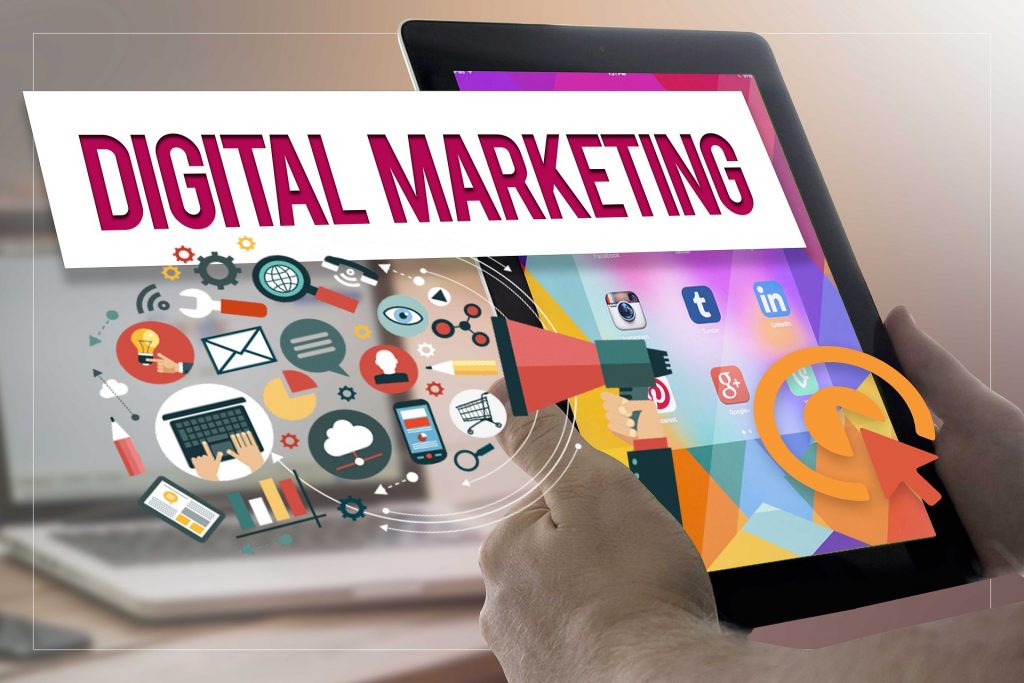As businesses shift their marketing mix to adapt to the stagflationary environment, it’s important to assess in-house resources. For many organizations, managed service providers (MSPs) are a more realistic option.
The past two years have seen a rapid succession of events that have put a majority of businesses in a challenging situation. As rapidly rising inflation follows COVID-19, adapting to this new environment is crucial for surviving.
When it comes to marketing, businesses need a strategic approach. It’s something we discussed in our four-part blog series.
- In part one, we looked at how marketing was changing post-COVID and discussed the new challenges CMOs are facing.
- We introduced the bullseye model in part two, a simple tool for visualizing your different marketing assets and adjusting spending to prioritize owned media to build valuable marketing assets.
- Part three focused on the importance of collaborating at the C-level for a successful realignment of marketing spending that prioritizes owned media.
In the last instalment of our series, we’ll discuss the reality of executing the bullseye model and look at whether it’s realistic to implement it with in-house resources.
Build, buy, and labour challenges
Larger organizations have a median team size of 115 for their marketing department. It can be hard to compete for small and medium organizations with much smaller marketing teams.
Amping up your marketing efforts entails choosing between a build or buy approach:
- You can build an internal team through hiring and training. This gives you more control over marketing, but the cost is high.
- The buy approach consists of outsourcing marketing tasks to a partner. It’s cost-efficient, but it’s important to choose the right vendor.

Why building a marketing team is harder than you think
Too many businesses fail to assess the full extent of the resources needed for a successful content marketing program. Writing weekly blog posts and updating social media pages sounds manageable, but a strategy that yields results requires a lot more.
There is a certain level of expertise and experience needed for content marketing and SEO:
- SEO optimization can get technical. You need the expertise to understand how the latest search engine algorithm changes will affect your content.
- Crafting content that converts and sells takes skill. From grabbing readers’ attention to generating leads with strong calls to action, an experienced copywriter can make a difference.
- A growing number of businesses are investing in data. On a global scale, the big data analytics market is growing at a CAGR of over 13% and will exceed $655 billion by 2029. Measuring content performance or using analytics to find content creation opportunities are complex tasks that require training and expertise.
- Marketers need access to digital tools to develop and publish content or measure performance. Apps and software are additional costs to consider.
Too often, businesses fail to assess the level of work and knowledge required. Plus, CMOs often delegate these duties to entry-level employees or even interns. While these individuals can be valuable addition to a well-rounded marketing team, they don’t have the skills and experience needed to get results.
For a majority (91%) of brands, content marketing is only successful to some degree. Too often, the program fails to generate enough leads or doesn’t increase the business website’s ranking in search results.
The CEO and CFO will then make the difficult decision to kill the program. This might signify the end of content marketing efforts, or the CMO might come up with a new program that a lack of proper resources will quickly doom to failure.
In-house programs lack the resources to succeed and don’t run long enough for the business to achieve a consistent investment in owned media. It’s a frustrating experience and a widespread issue, with 55% of businesses reporting unsuccessful content marketing programs.
What does it take to succeed with content marketing?
Success requires a strategy and the proper resources to implement it, both in terms of budget and labour capability.
On average, businesses spend 9.5% of their revenue on marketing. While an internal team can have some advantages, this type of budget isn’t sufficient to get results in-house.
Agencies are practical for outsourcing and usually deliver excellent results, but it’s a cost-prohibitive solution for most businesses.
For many organizations, managed service providers (MSPs) are by far the best option. These vendors are an extension of your marketing team and give you access to the expertise and manpower needed to invest in owned media.
Just like you would outsource complex IT tasks, you can outsource content creation to expert writers and get help from experienced SEO professionals.
Results on a budget
From the CMO’s point of view, an MSP can deliver results on a budget.
Service-level agreements clearly outline what the MSP will do. These agreements are often flexible, and some tasks can remain in-house so that the internal team can focus on what they do best or create unique value through programs like employee-generated content.
Plus, MSPs work with measurable KPIs. As a CMO, you can track the performance of the service provider and know exactly what you’re getting for your marketing budget.
Convenience and cost tracking
Working with an MSP isn’t different from partnering with another type of vendor. It’s easy for a CFO to track costs and budget for future services. Most MSPs use a subscription model with a recurring monthly fee.
Relying on an MSP also keeps spending compartmentalized. CFOs can easily track spending for content creation and SEO and get a clear ROI for these activities.
Plus, outsourcing has a minimal impact on financial metrics since the company isn’t adding new employees.

Competitiveness and flexibility
With the help of an MSP, a marketing department will typically start seeing results immediately. MSPs have the infrastructure and workforce needed to deploy marketing programs and reach goals within the targeted timeframe.
With 75% of B2B companies outsourcing marketing, working with an MSP is crucial for staying competitive. It’s also a flexible solution wherein CEOs can adjust spending as needed.
When revenue is available, CEOs can focus on building assets by investing in owned media. If revenues drop, it’s possible to shrink or slow spending, focus on paid media, and leverage existing owned media.
Plus, MSPs can rely on digital marketing assessment programs to measure results and continuously optimize the strategies used to achieve sustainable long-term growth.
Start getting results today with managed service providers (MSPs)
An MSP can help build a strong foundation by delivering owned media to improve an organization’s online presence and make it more resilient when times get tough.
Tempesta Media’s Bullseye Effect™ solution is a turnkey product that gives you access to a team of experts, reporting tools, content creation capabilities, SEO services, and more.
The first step is our Prova 90-point assessment. This digital marketing assessment thoroughly examines your current content marketing program. It uncovers areas where your marketing team can meet the goals you’ve set and sheds light on processes that could benefit from an overhaul. We’ll look at your brand positioning, direct response strategies, content marketing performance, social media presence, and more.
Starting with a digital marketing assessment helps us take a highly customized approach adapted to your unique needs and challenges. We’re living in difficult times, but there is a path forward to achieve change and growth. You can take action and start getting results today by scheduling a digital marketing assessment with Tempesta Media.










